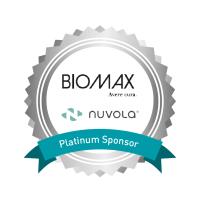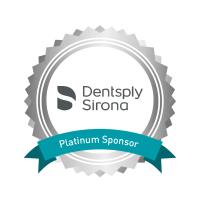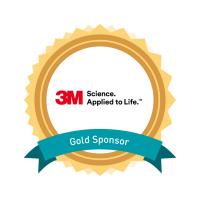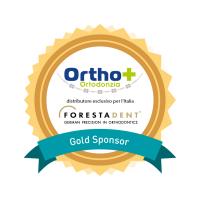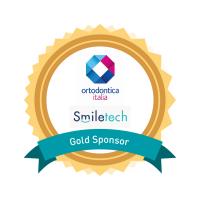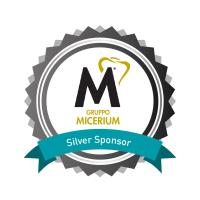Abstract
The Value of Myofunctional Therapy in Orthodontics
by Levrini Luca
Myofunctional therapy is debated and still perplexing in the orthodontic clinical world. The first consideration that needs to be made to address the uncertainty is to understand whether malocclusions are caused by a genetic or environmental basis. Sucking, breathing, chewing, swallowing, facial muscle tone, lip competence, and lingual posture are all functions peripheral to occlusion, which the literature often reports to be causes of malocclusion. If so, intent of orthodontics should not be limited exclusively to aligning teeth for good aesthetics and proper function, but also to eliminate the underlying causes of malocclusion, particularly when the patient is growing. For this reason, myofunctional therapy should be a constant and important reference point in clinical practice and should be managed directly by the orthodontist or with the collaboration of a speech therapist. Evidence-based medicine today shows no definite evidence that myotherapy therapy is effective; however, this consideration should not limit us in positively considering its use in clinical practice. As of today, in fact, the orientation may not be to have as a reference EBM (Evidence Based Medicine) rather, as the world of physiotherapy and health professions, EBP (Evidence Based Practice), certainly more suited to the context of myotherapy, referring to other disciplines besides medicine or to an interdisciplinary approach in general. In this sense, in addition to the clinician's experiences (clinical expertise), the patient's wishes (patient's values and preferences) and a literature more adherent to the requirements of EBP (relevant scientific evidence) make myotherapy an efficient aid. Indeed, there are numerous research contributions that find myotherapy to be efficient in orthodontic settings. Limiting it to only patients with a respiratory defect may also be important, given the very high frequency of children characterized by this dysfunction and correlation with the genesis of malocclusions. Clearing the upper airway, re-educating the lips and reeducate the tone of the masticatory muscles are of three purposes that with simple exercises can be prescribed to our patients.
Learning Objectives
After this lecture, you will be able to understand the importance of the clinical application of myotherapy
After this lecture, you will be able to manage a proper interdisciplinary relationship with speech therapists
After this lecture, you will be able to apply respiratory gymnastics exercises on patients



